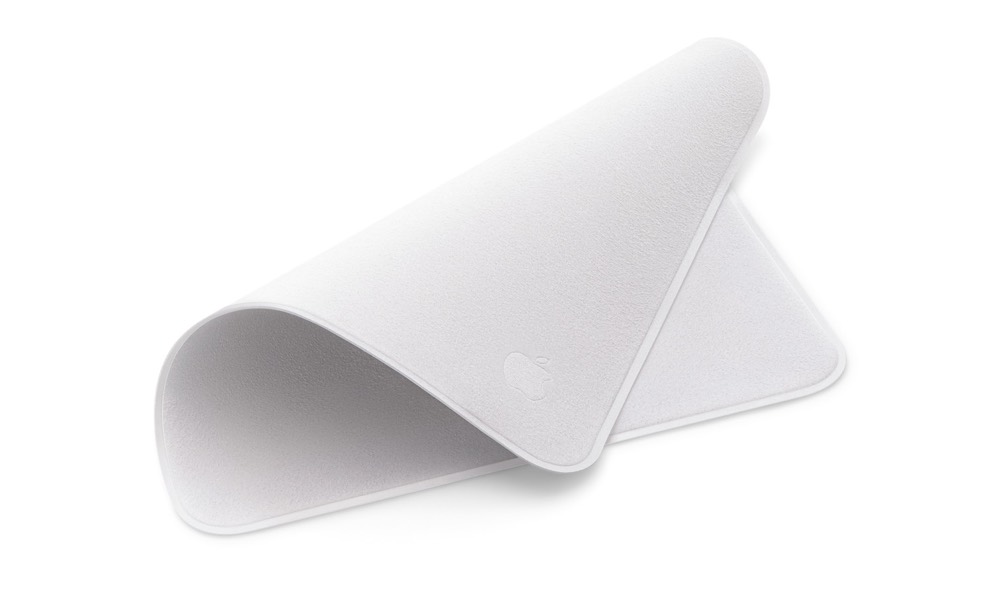Today, Apple also sells some screens with nanotexture. This special finish prevents reflection. In this tip you can read how it works, how to handle it, on which devices it is available and how to clean a nanotexture screen.
By default, screens on Apple devices are provided with a glossy glass plate. With an anti-reflective coating, Apple ensures that you are less bothered by reflection, but there is also another technique: nanotexture. Nanotexture is quite exclusive at the moment. It's available on a select few screens and it's a fairly pricey option. You can read about the added value of nanotexture on Apple screens over ordinary glass below.
- Explanation
- Devices
- Advantages
- Cleaning
Explanation: what is nanotexture?
Nano texture is a special technique that gives your screen a matte appearance. So it doesn't reflect. An extra coating has been applied to average matte screens. The advantage of this is that it is relatively cheap, but you do sacrifice image quality. The contrast is reduced and you are more likely to experience a shimmering haze.


Apple solves this problem by “cutting” the glass at the nanometer level. The light that comes on the screen is therefore not directly reflected, but rather scattered. This way, you maintain the image quality and you won't be bothered by glare. The downside is that it comes with a hefty price tag. Nanotexture does have a matte finish, but that is not simply applied to a shiny glass plate via a coating.
Apple illustrates how the nanotexture screen works with this image:

On which Apple screens is nanotexturing available?
Not all Apple screens have a nano-textured finish. At the moment there are only two ways to get this screen on the following devices. The price for an upgrade differs per device, but so do screen sizes.
Model Release Upgrade Price 27-inch Apple Studio Display March 2022 €250 32-inch Pro Display XDR December 2019 €1,000
In the past, Apple also released an iMac with nano-textured glass, but it is no longer available:
- 27-inch iMac 2020 (Intel, August 2020): original additional cost of €625, –
The currently available iMac does not have a nanotexture option. iPhones and iPads don't have that option either.
Advantages of a nanotexture display
In short, a nanotexture offers a number of advantages:
- Reduced glare and reflection in the display.< /li>
- Less risk of fingerprints.
- Preserve image quality compared to screens with a matte coating.
But there are also a few drawbacks:< /p>
- It is relatively expensive. With the smallest available display you pay an extra €250.
- Finish can be fragile over time if cleaned with the wrong material.
- Available on only a few devices.
How to clean nanotexture screens dat
Cleaning a nano-textured screen is not as easy as cleaning a regular screen. It is important that you proceed with caution. Apple has written special instructions for this. Here are some things to keep in mind when cleaning an Apple screen with a nanotexture:
- Only use the supplied black cloth from Apple.
- Do not wet the screen with water or other liquids, not even through the cloth.
- For stubborn stains, only use 70% isopropyl alcohol (IPA) on the supplied cloth.
- Clean the cloth by hand after use. Use dish soap and rinse thoroughly. Let the cloth air dry for 24 hours.


You can also use other wipes for regular Apple screens, but Apple says you must explicitly use Apple’s wipe for this texture.
If you If you have lost the supplied cloth or it no longer suffices, you can buy the cleaning cloth separately from Apple. The Apple cleaning cloth is suitable for cleaning the displays of all Apple devices, but also for screens with nano texture. The Apple cleaning cloth is available for €25.